
Flow (dir. Gints Zilbalodis)
Certificate: U
Running Time: 85 mins
UK Distributor: Curzon
UK Release Date: 21 March 2025
WHO’S IN FLOW?
N/A
WHO’S BEHIND THE CAMERA?
Gints Zilbalodis (director, writer, producer, composer, cinematographer, editor), Matiss Kaza (writer, producer), Ron Dyens and Gregory Zalcman (producers), Rihards Zalupe (composer)
WHAT’S IT ABOUT?
A group of animals embark on an epic journey together…
WHAT ARE MY THOUGHTS ON FLOW?
Animated movies about talking animals going on a big epic adventure are as common as air, but while there are plenty of great examples out there, some of them becoming downright classics, it wouldn’t hurt to mix things up every once in a while. Perhaps, for instance, instead of bringing in an expensive A-list cast to lend their voices to the various cuddly animals, why not just have the animals stay silent? Or maybe, rather than utilising the most sophisticated animation technology available, create the whole thing on a program that anyone can access for free? And on top of all that, how about packing it with mature themes and hard questions about the simplicity of nature and its fleeting presence that actually challenge the general target audience without talking down to any of its viewers?
If that’s what you’re after when it comes to animated features, then Flow more than has you covered. The Latvian film, created entirely on the open-source software Blender by filmmaker Gints Zilbalodis and a team about a fraction of the size of your average Pixar or DreamWorks venture, is striking in how it both looks and feels as sophisticated as its far more mainstream competitors, yet packs more emotion and wonder into its purely visual storytelling than most others put together. All of that, while still providing a universal story of friendship and survival that just about anyone can enjoy.
The film takes place at an unspecified point in time, where something has clearly happened to the planet as there’s not a human in sight, and animals of all sorts are freely wandering about in the ruins of what society once was. One such animal is a black cat, whose solitary life in an abandoned house is suddenly upended when a massive flood begins pulling everything underwater, forcing the cat onto a nearby boat for safety. Over time, the boat picks up a number of other animals, including a dog, a lemur, a capybara, and a secretarybird, all of whom the cat slowly learns to trust and respect as they head for pastures unknown, in a world that appears to be on the brink of natural destruction.
Part of Flow’s beauty is that it takes a familiar family movie concept – namely, a group of animals with differing personalities being forced onto a life-changing journey together – and gives it a more realistic spin, while still retaining certain flights of fantasy. At no point do any of the animals speak, nor are they anthropomorphised for the sake of physical relatability as their mannerisms are still very much tied to their designated species, with the cat acting like a cat, the dog acting like a dog, and so on. Yet, Zilbalodis gives them so much personality through their animalistic movements and soft non-verbal noises that there’s ultimately no need for dialogue to tell us what we already know about them. You can easily identify who among them is the more resilient member of this crew, which one is the most resourceful, and what animal perhaps has less intelligence than the others, while simultaneously making their character arcs easy to follow amidst everything else that appears to be going on.
While Flow isn’t exactly a fantasy film (it’s more of a post-apocalyptic drama than anything), there is also a mystical element to it that keeps one engaged in this uncertain world. Zilbalodis keeps certain things firmly under wraps, such as what exactly happened to humanity or why the water is starting to cover so much of the landscapes to where entire cities are now mere ruins straight out of ancient history, because that is ultimately not the purpose of the story itself. It’s all about the experiences that these animals endure together whilst navigating their way through what remains of this world, and how some like the cat teach themselves how to adapt their natural instincts to fit the new environment. Occasionally, though, there is a touch of magical realism that may or may not introduce some other-worldly aspects – not quite a biblically-accurate Rapture, but something on that level – which comes and goes, but ultimately doesn’t detract from the storytelling and silent character work.
Zilbalodis – also, among other things, the film’s cinematographer – utilises the visuals to give it a somewhat gritty look, complete with the illusion of hand-held camerawork as we follow the animals through the Blender-created virtual world, and often it creates some stunning visuals that could rival more prominent recent examples of live-action cinematography. The filmmaker’s gentle approach to everything, from the faintly paintbrush textures of its characters and backdrops to a musical score that provides a soothing audio component to the imagery, compliments his ultimate themes of nature and its continuing ability to thrive, even in the most unlikely of situations, with the narrative offering pure emotional immersion that doesn’t necessarily provide easy answers for the youngest of viewers, but gives them a satisfying full-circle moment that allows you to feel so much for animals who can never entirely express themselves.
You won’t have to look far for more traditional dialogue-heavy animated adventures if that’s what you’re more interested in going after, like The Wild Robot which similarly tackles mature themes of nature in a somewhat dilapidated version of the world. Both that and Flow, though, are excellent examples of animation that aspire to push their storytelling and visual components to new heights that both challenge and entertain general audiences. This one, though, may well be the more unique choice, as it dares to simply tell its emotional story exclusively through its animation, for which it deserves plenty of unconditional respect.
SO, TO SUM UP…
Flow is an excellent animated adventure that favours pure visual storytelling over traditional methods, though filmmaker Gints Zilbalodis still manages to convey plenty of emotion and character without a single line of dialogue, all with some striking visuals and mature themes that are easily accessible for just about anyone.

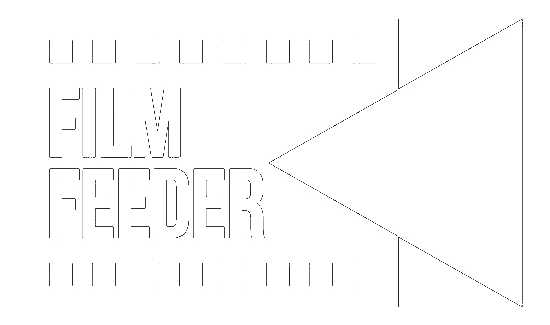
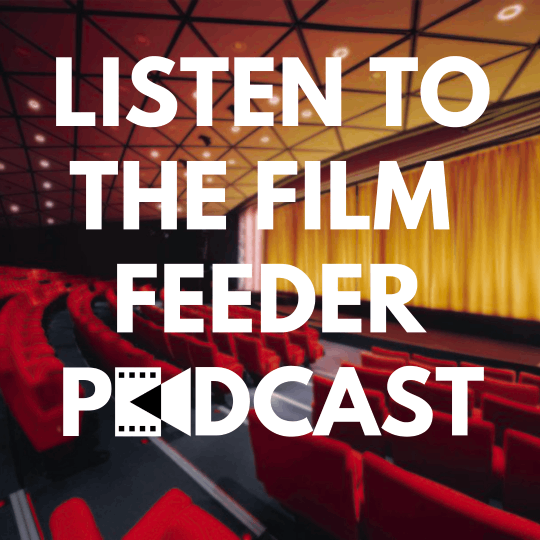

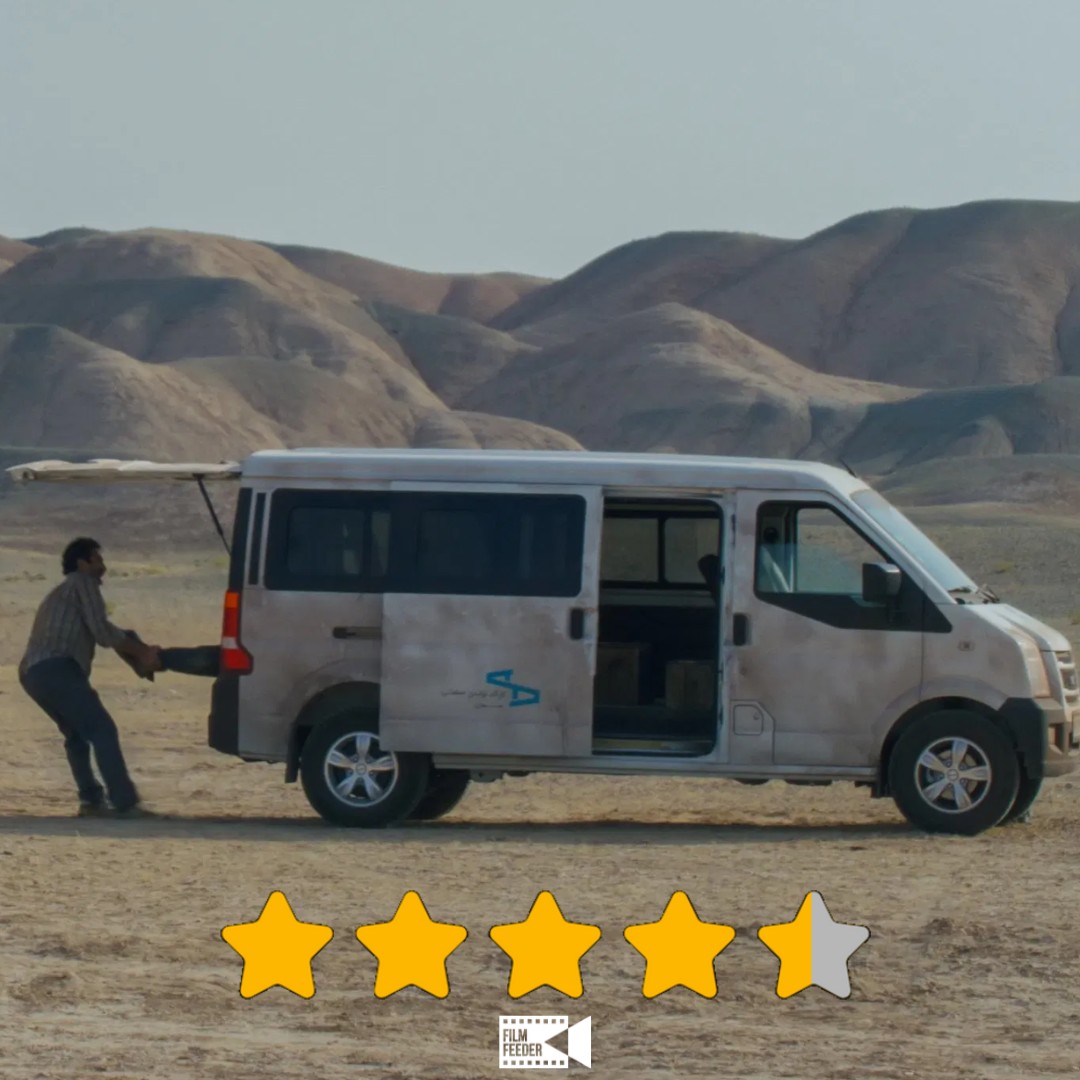
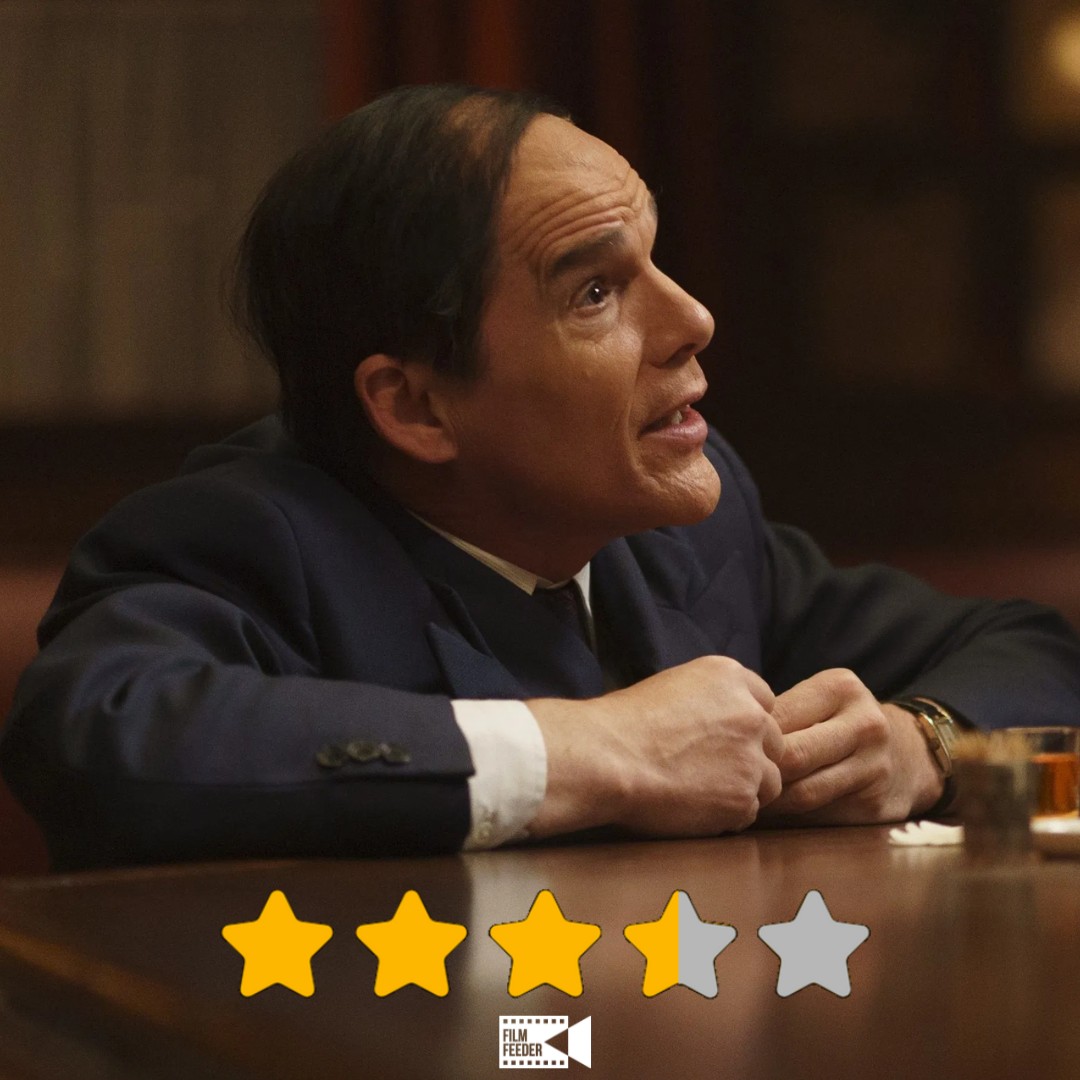
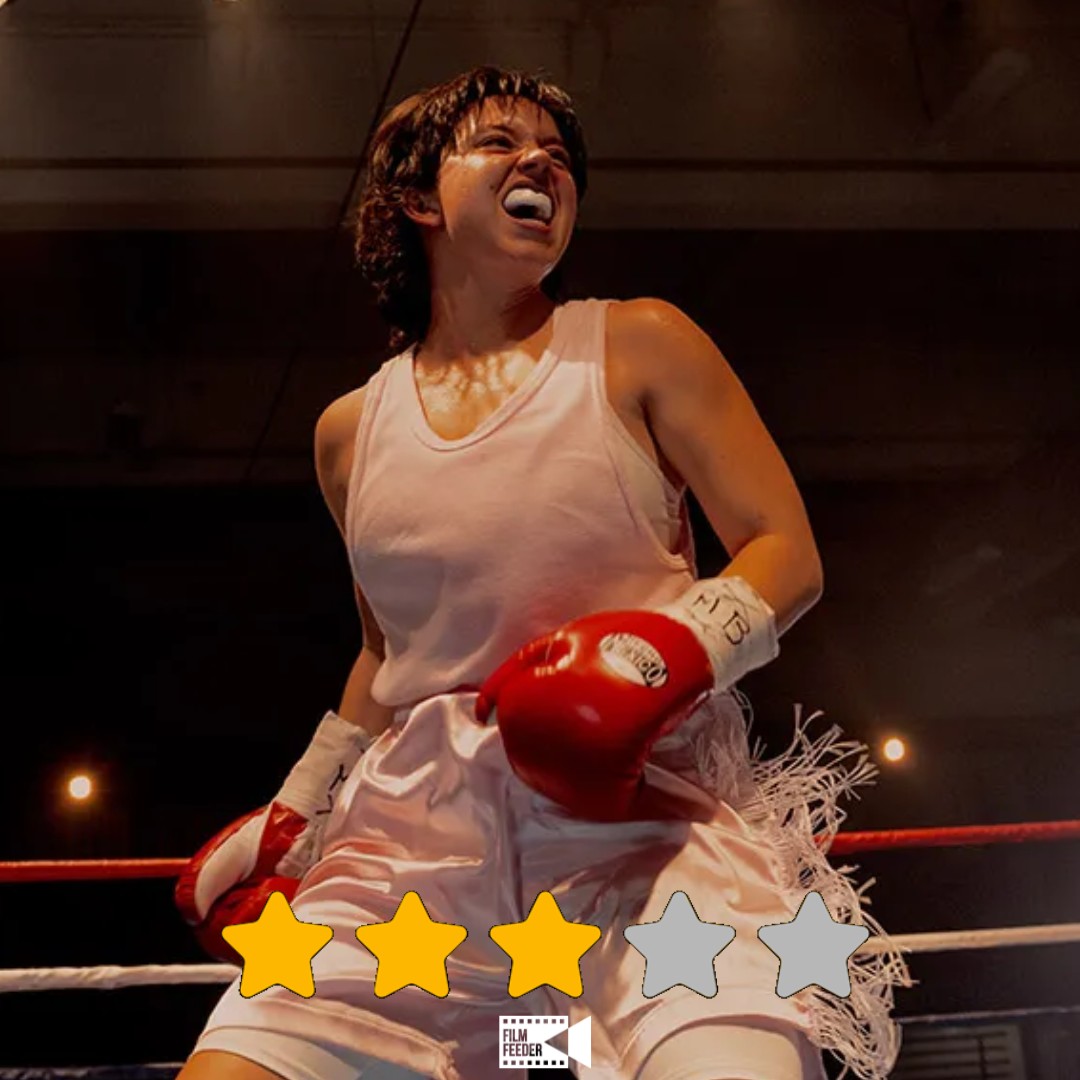

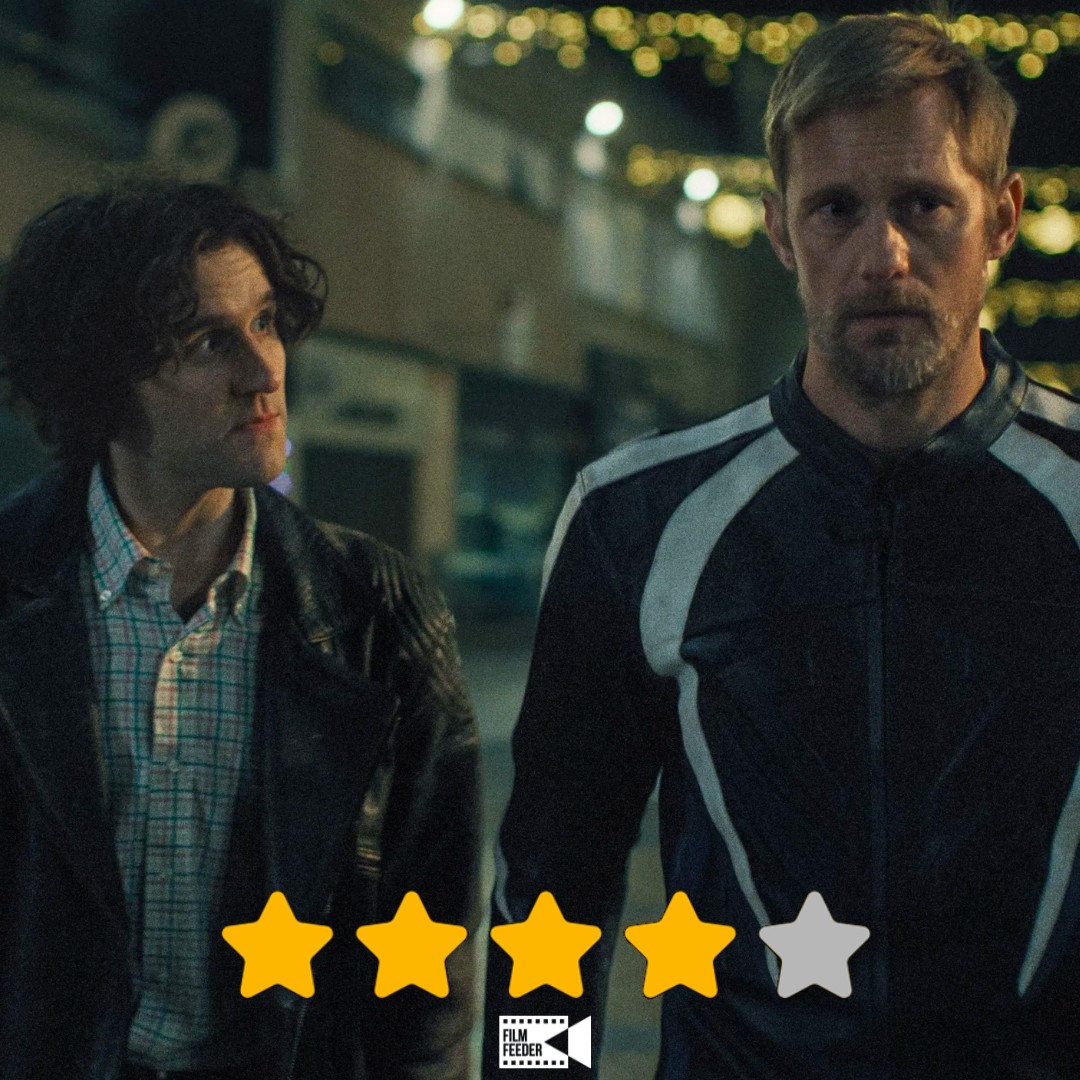
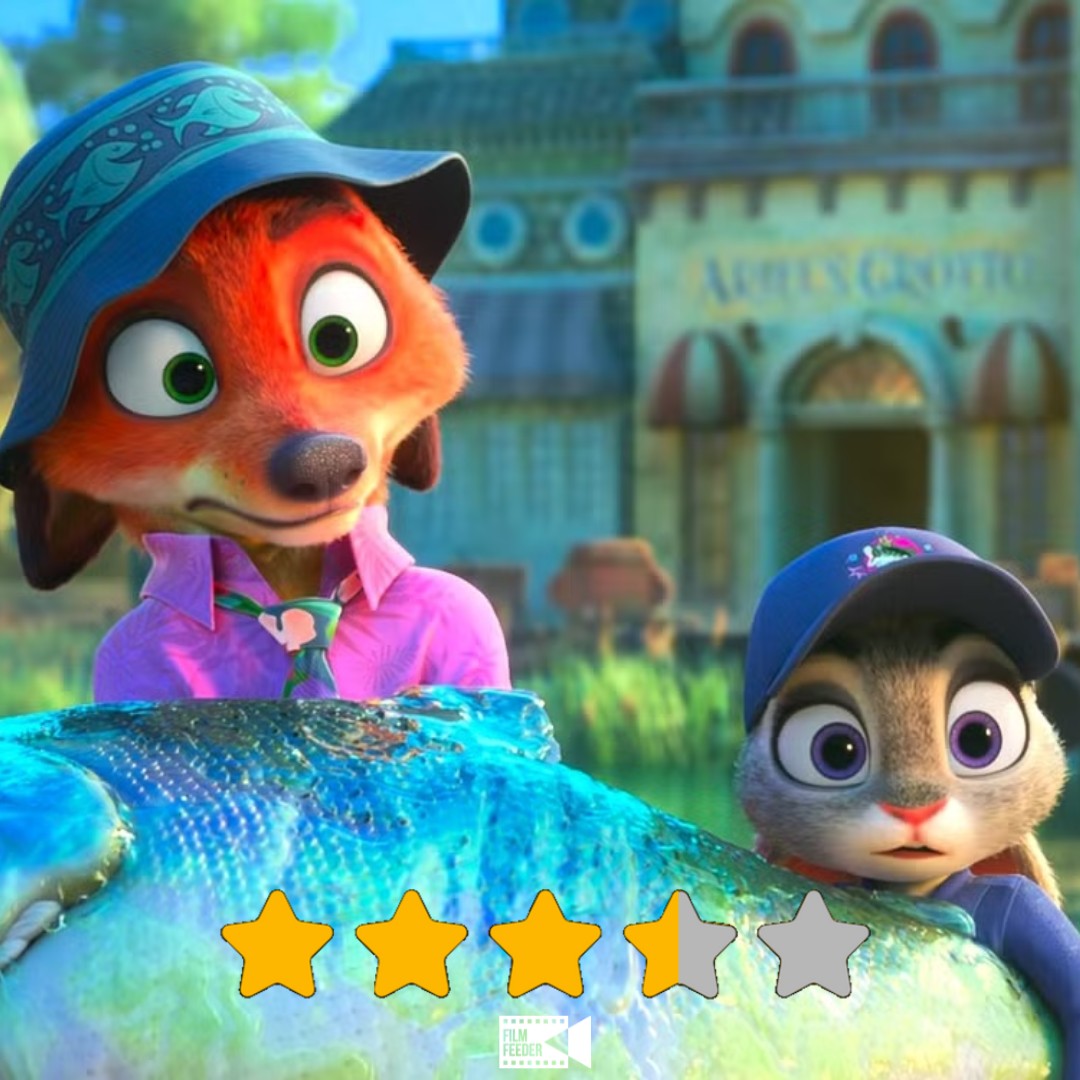
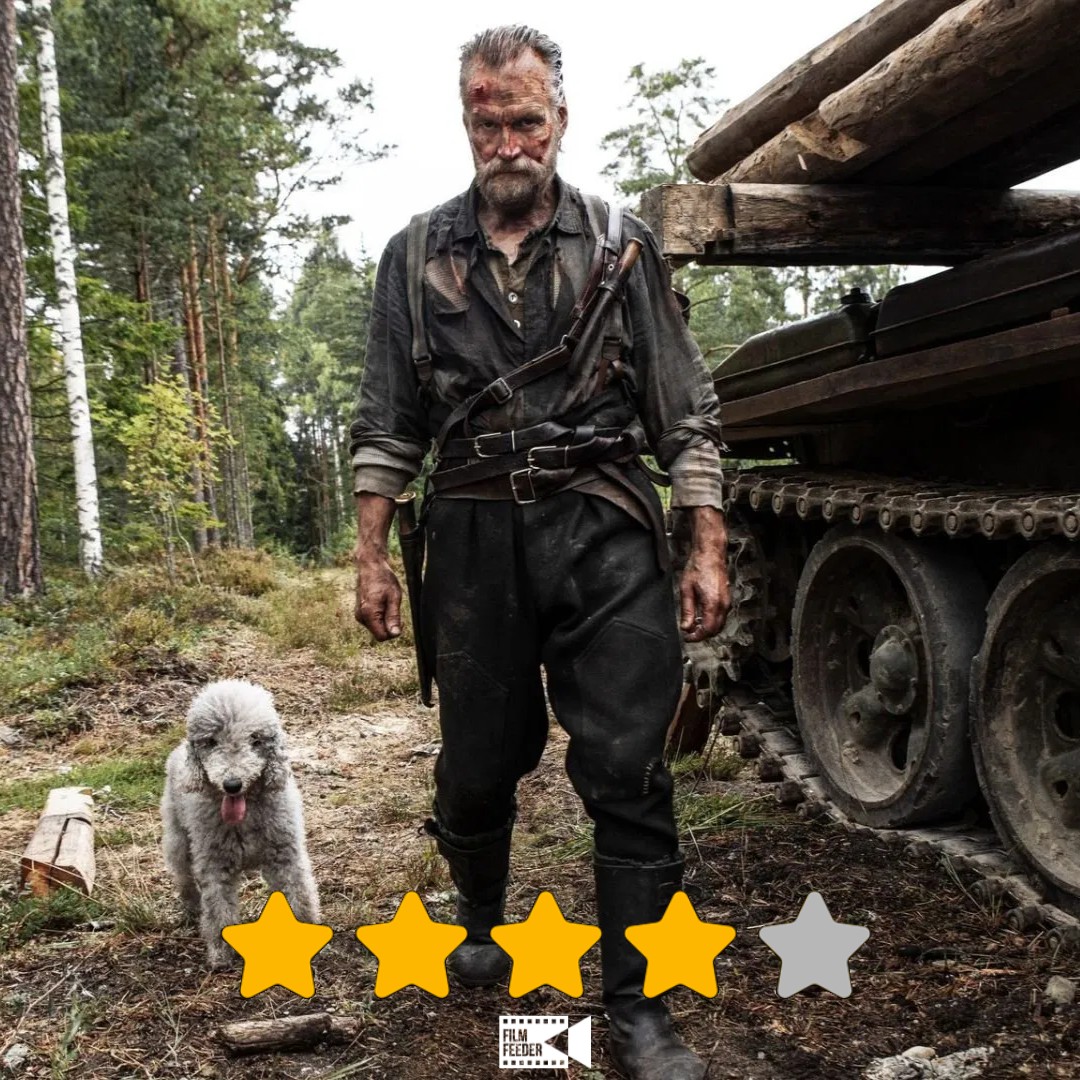
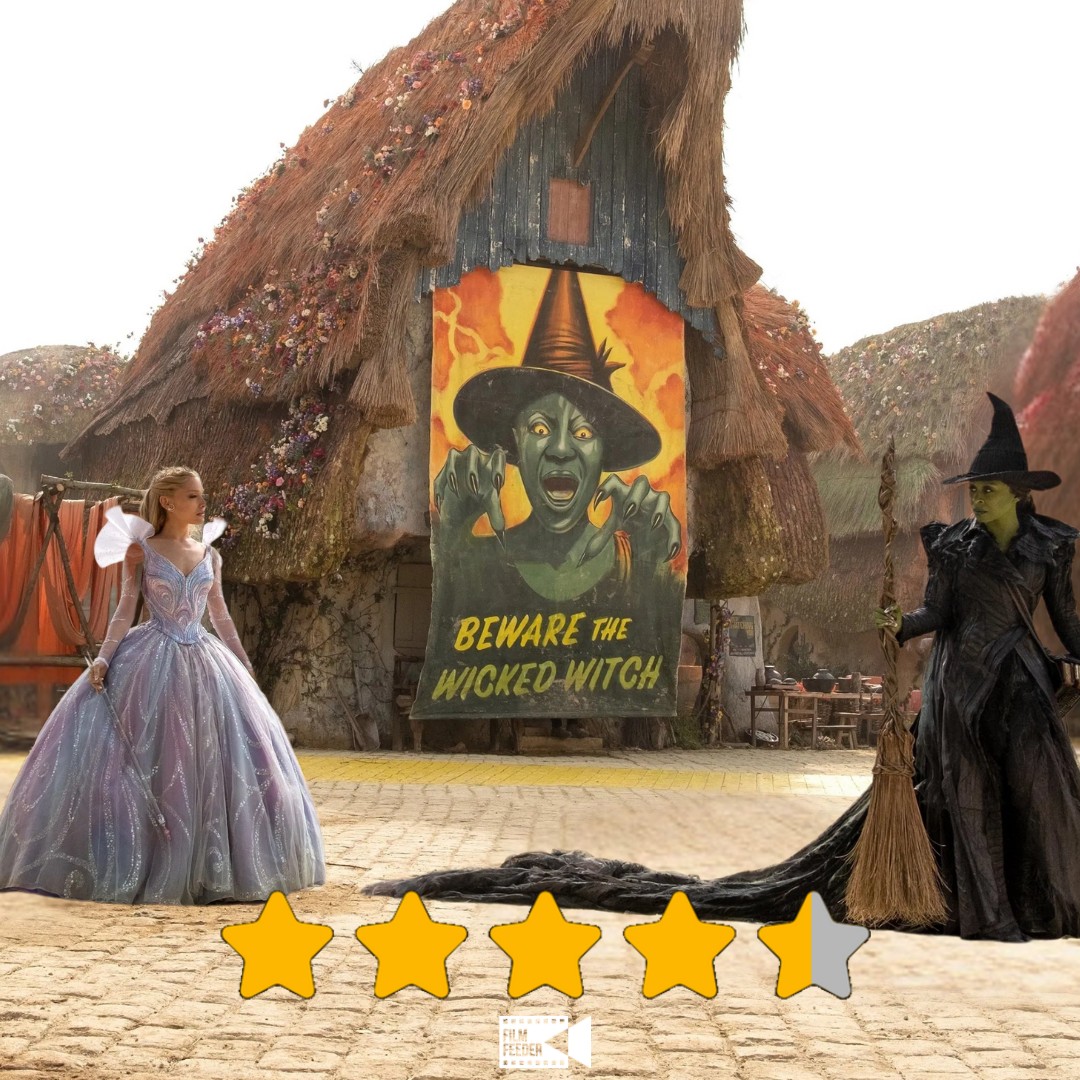
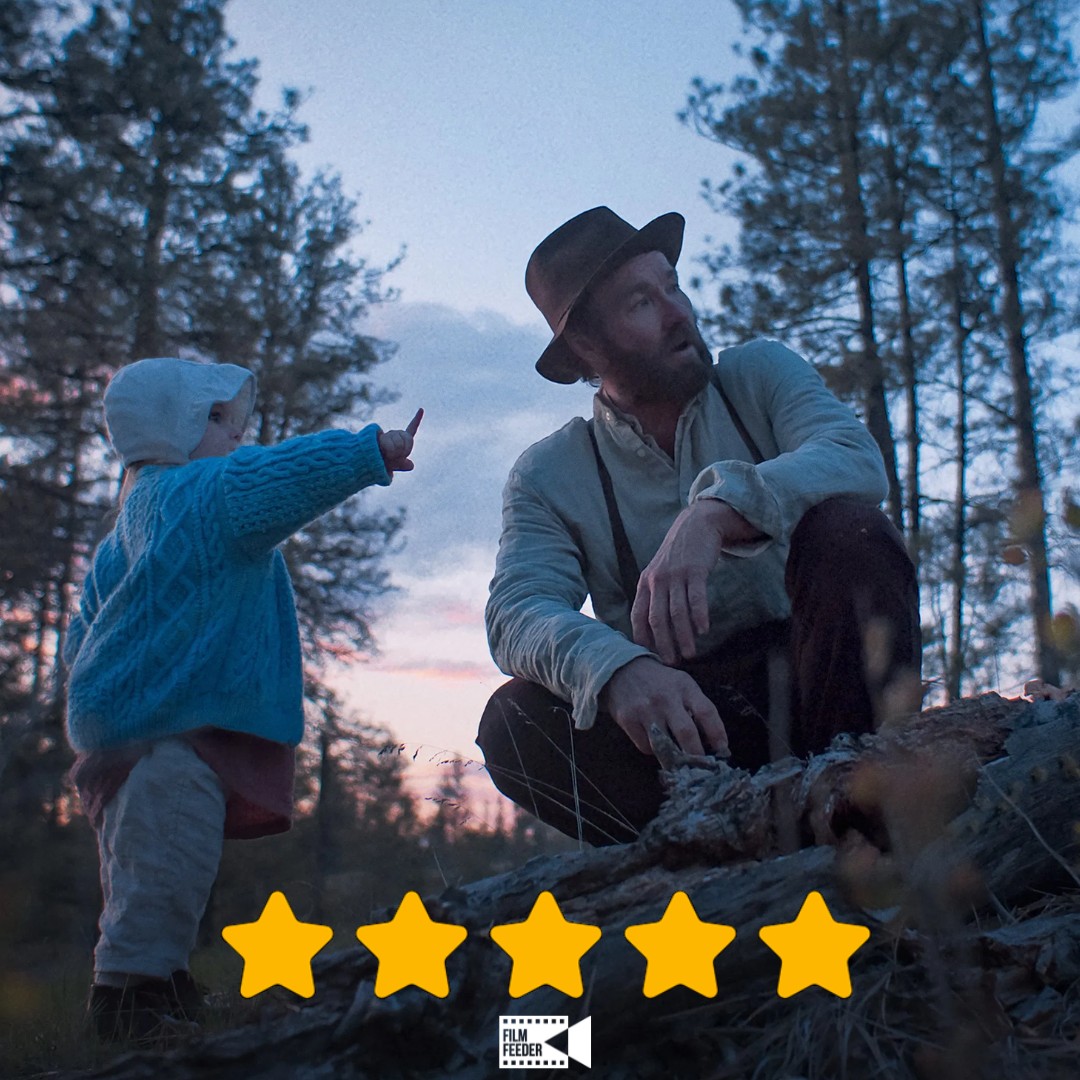
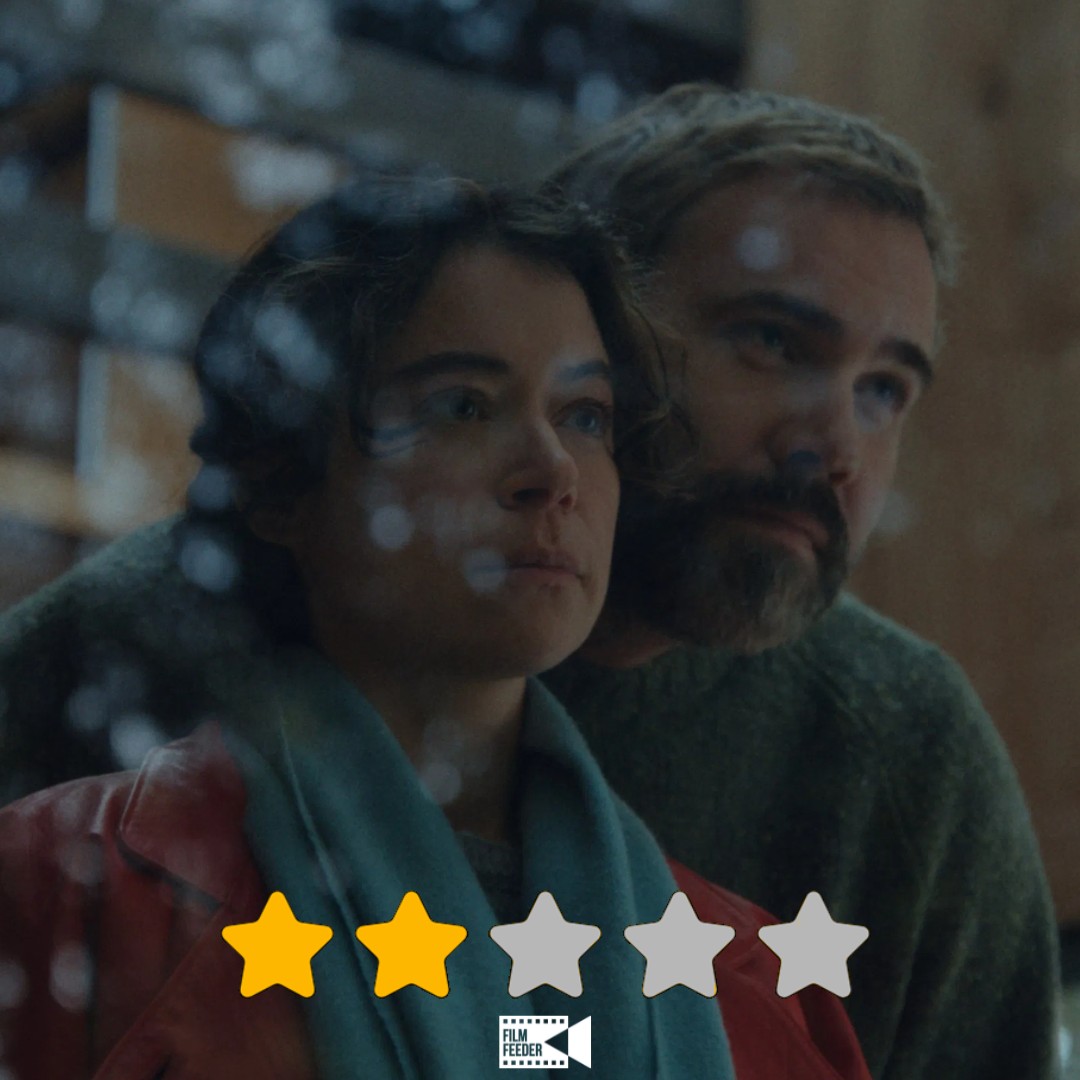
0 Comments